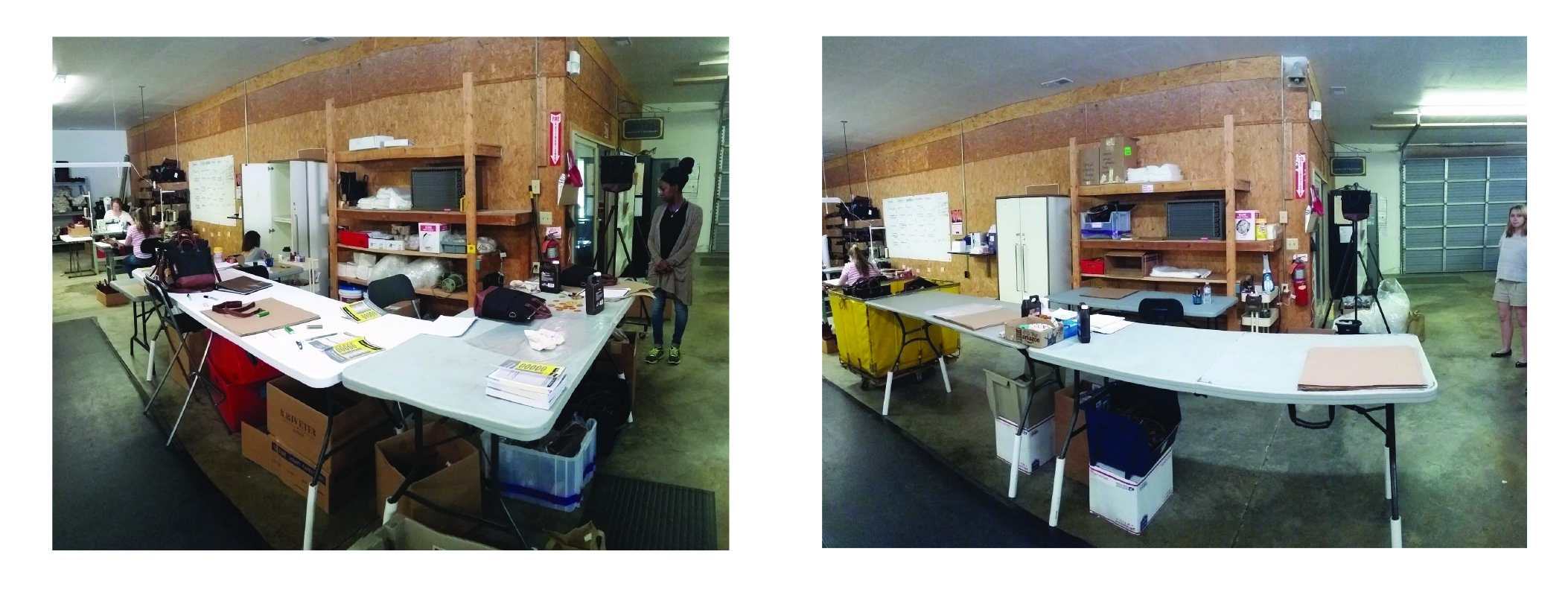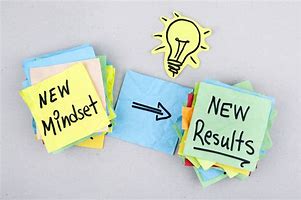For many small and midsize organizations with a few hundred up to a few thousand employees, COVID-19 has jolted businesses in unforeseen ways. This pandemic has forced us into a deluge of change, from keeping people and customers safe, managing supply chain issues, moving to remote work, and a myriad of other changes.
I am in awe at the resiliency I have seen in organizations that have pivoted or completely redesigned their businesses to adapt like Dyson began creating ventilators, Xerox pivots and begins making hand sanitizer, or My Pillow veers their manufacturing toward face masks to meet shortages. While these are some great examples of success in this pandemic, many small and midsize businesses are still struggling to find their ‘new normal’ and how to survive going forward.
As a small or midsize business, adopting a lean culture can help stabilize your current environment and create a ‘north star’ for what to focus on in the future. A lean organization understands customer value and focuses its key processes to continuously increase it.
This focus requires a change from optimizing separate departments, technologies, and products/services to optimizing the flow of products and services through entire value streams that flow across departments, technologies, and assets to customers. Lean promotes:
- the elimination of waste along entire value streams, instead of at isolated points
- creation of processes that need less human effort, less space, less capital, and less time to make products and services
- lower costs
- fewer defects
- much simpler and more accurate information management
Lean also offers an alternative business model. It focuses on helping customers meet their needs and retain them, rather than dominating markets and controlling customers.
Lean is better and quicker at developing and scaling-up new product and service technologies that meet the changing needs of our time. It creates agility and flexibility — something most of us need and are struggling to find/execute.
As a small or midsize business, it might seem impossible to start something new right now, but there are several reasons why now is the time to begin a lean journey.
Minimal Resources
Beginning a lean journey can seem like an enormous undertaking, especially when you read or hear about companies like Toyota or Danaher and all their success. It is important to remember that companies like these have been on their journey for decades and have infused lean into their DNA. Every organization must start somewhere, and with lean, it does not necessitate a lot of time or people. If you have limited capacity to invest across your organization, you can prioritize your focus and take an inch-wide/mile-deep strategy. For example, if your organization focuses on specific areas of operations, such as receiving orders, customer service, or billing.
Another example is a medical clinic needing to improve their referral process–how they receive referrals from other providers, and how they process those referrals to schedule appointments on time. Depending on the size of your organization, appetite for improvement, and nature of the problem(s) being addressed, this could be as small as one team of fewer than 10 people, or multiple teams tallying 50+ people (or more). What’s important is to prioritize what area(s) you can get started with, then make a commitment to move forward.
Learn by Doing
Lean is best learned by applying the concepts directly to value streams to eliminate waste, such as disorganized and unsafe work areas, work activities requiring excess people, space, materials, and equipment, defects (errors), excess inventory or work in process (think your unread emails), uneven workflows, and others.
Unlike continuous improvement methodologies that entail extensive training several weeks long, most lean methods and tools can be learned in a few hours. For a small retail manufacturing company, I spend a few hours with their operators teaching them how to use 5S to improve the layout, organization, and safety of their work areas. We then spend one-day applying 5S concepts in the Quality Control (QC) area of their facility with great results.

Before After
Rapid Improvement
In a lean organization, improvement work happens in Kaizen events (Rapid Improvement events). Kaizen events typically last between three and five days and bring together a team to identify and implement significant improvements in a process/work area (within a value stream).
Improvement activities are implemented during the Kaizen event, resulting in rapid change and results. In some service-oriented processes, it can be difficult to implement all changes within the Kaizen event, such as changes to IT systems and training on standard work for large and distributed groups. However, any follow-up activities are usually completed within 30 days, with benefits being realized in 45–60 days.
Unlike larger transformation efforts, such as automation, the benefits from Kaizen events can be seen within a few days to a few weeks. The swiftness of Kaizen events also minimizes stoppages or interruptions to normal operations because most, if not all, improvement work gets done during the event itself.
Data Un-tensive
A common mantra for leaders is to make ‘fact-based’ or ‘data-based’ decisions. As a small or midsize business, you may not have the advantage of robust reporting systems that provide readily-available performance data. For example, most hospitals use extensive electronic medical records systems that capture a slew of patient data, such as length of stay (LOS), diagnoses, demographic information, medicine prescriptions and usage, and other performance data.
This data can be accessed to measure and monitor hospital performance and identify areas for improvement. But, in a small or midsize software business, existing technology may not track how long a project takes to complete, or how long it takes to resolve a customer inquiry. A lean organization learns about a process/work area by going to the Gemba, the place where the work gets done, and directly observes current conditions to identify waste and opportunities for improvement.
Traditionally, Gemba is the physical workplace, but with so much of our work done via technology or virtually, going to the Gemba can be a matter of sharing screens while someone performs their tasks. In the absence of, or with limited performance data available, going to the Gemba still provides an opportunity to make ‘fact-based’ decisions.
How to Get Started
While it is not difficult to get started with lean, there are several factors to consider to get the most out of your efforts and set yourself up for success.
- Develop the vision for lean in your business. You should be able to answer “Why lean, why now, why us?” to your leaders and employees.
- Identify a leader in your organization who will take ownership and spearhead the efforts, communicate the vision, and get others excited.
- Agree on which area(s) of the organization you will get started in. The best way this can be done is with value stream mapping, which an expert can help with. Alternatively, you can use a combination of performance data and employee and customer feedback.
- Identify and commit the necessary financial and people resources.
- Partner with the right expert(s) to develop a plan that fits your needs and culture.
With a future that is uncertain, it’s vital that we learn to modify and adapt to survive. Starting your lean journey is a step towards creating a resilient and agile organization, better preparing you for the unknown.
We’re ready to be your virtual advisor to help you get started. Contact us to have one of our experts help develop a plan that works for you.
Resources
- Lean.org — Why Lean Remains A Superior Business Model and Way of Thinking
- Lean.org — What is Lean?
- Sigmapedia

